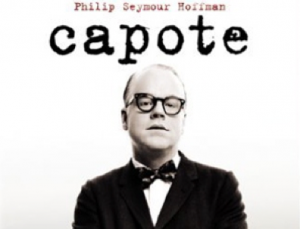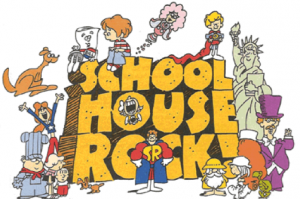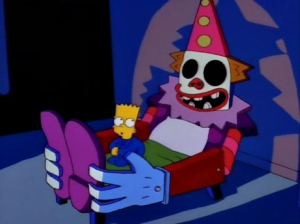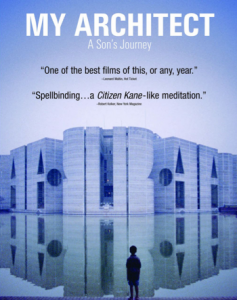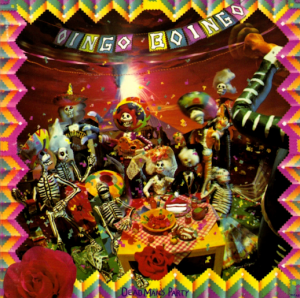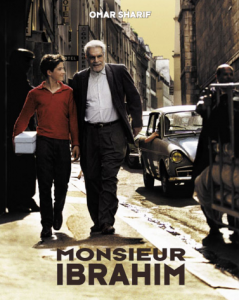[Originally published on Laura Grey’s Little Hopping Bird blog.]
“My major regret in life is that my childhood was unnecessarily lonely.” –Truman Capote
The Truman Capote I grew up watching and reading was the Capote who appeared, usually drunk or drugged, odd but always interesting, on afternoon and evening talk shows, spinning stories about the fabulously famous and wealthy crowd with whom he ran. He was a professional personality by the time I was aware of him, but I also knew that he’d written much-admired stories that had been turned into very famous and popular films. I knew that my mother admired his work, and that he had written “A Christmas Memory,” one of the most beautiful, understated, tender stories I’ve ever read. The fact that it was based in his own experience made it all the more lovely to me. I felt sad for and protective of him at a young age, because I knew that the man who had written that story had been a tender and hyperaware child, like I had, and had seen the fear and pain in life as clearly as the joy and the secret beauties of it.
My mother taught “A Christmas Memory” to her high school English students for many years and she introduced it to me when I was about ten. I was completely taken with this story of a young boy abandoned by his parents and living with his disapproving southern aunts. This boy’s best friend was the childlike old-maid cousin with whom he also lived, a woman who flew handmade kites with him and took him to buy moonshine whiskey from Mr. Haha Jones so they could make their annual batch of fruitcakes, one of which they sent to President Franklin Roosevelt every year. Capote had taken the littlest details and moments in what others might see as an unexceptional situation and spun them into a rich and compelling story, simple and straightforward but with every word in place, every emotion sparely but elegantly woven into the words. I think it’s a short masterpiece; it is perhaps my favorite short story, and the one I’ve read more often than any other.
It was immediately clear to me that Capote got the tone, the subtleties, the story, and the total devotion of the characters for each other exactly right. That he was the model for the boy Dill in his friend Harper Lee’s story To Kill a Mockingbird, a novel that I find close to perfect, made him all the more special to me. I have read and reread “A Christmas Memory” to myself and others most of the Christmases of my life, and cry as regularly as clockwork when I come to the last bittersweet page. This was a man who clearly understood loss and loneliness, and who understood empathy and tender connection to another like few writers I’d come across. There was something beautiful and tender and true in him and in his art that I, and millions of other people, were drawn to, and wanted to believe in.
When Capote died in 1984 among swirling stories of long-term drug and alcohol abuse, he also left behind him a parade of disaffected friends who felt he’d used and abused them, that he’d betrayed their friendship and their secrets in order to steal their souls so that he might make not only his party anecdotes but his writing come to life. He had been such a wildly successful New York socialite, courting and collecting the loveliest, richest, and most prominent socialites as his “swans,” as he called them, for years. He hosted the New York social event of the decade, the famous and successful Black and White Ball, in 1966. Best-dressed list icons like Lee Radziwill and Babe Paley attended parties with him and had him to their summer homes, traveled with him and relished his delicious gossip.
Capote wangled his way into the hearts of dozens of people who felt he understood them intimately and would respect and love them not only despite but because of their foibles. When he wanted to be charming, nobody could outcharm him. He made people of all types and of any social standing believe he loved them for the tender, misunderstood people they were inside their suits of shiny invincibility; they felt not only understood by him but safe with him. And then he spilled out their secrets for everyone to see.
For years he gathered their lives into his short stories and promised a splendid, insightful book to his publisher, talk show hosts, and the world, and we all waited with bated breath, knowing that when Capote had the time to build a work, like In Cold Blood, he would carefully piece it together just so and make the wait worthwhile. He had shown his mastery of the short story form very early in life, and, when sober, he was an insightful and entertaining fellow.
He was also extraordinarily catty when he wanted to be, and, when one wasn’t on the receiving end of that acid tongue, he could be shockingly funny. But his charm was so extreme and his magical power of diverting attention from the things that everyone should have known that he was a sponge who missed no details, a writer first and foremost, insightful and ruthless when exposing the hidden motivation, the raw nerve.
So he gathered his swans’ secrets and then poured them out onto the page with such clarity, and so little effort at concealing the identities of his characters’ inspirations, that he immediately and permanently drove most of his friends and their associates away and turned their feelings for him from indulgent and loving exasperation to anger, fear, and resentment. To learn of how almost all the doors of society slammed on him one by one after he had been the toast of New York, the shining star of literary society, was to feel that, no matter how much he deserved what he got, it was still a terrible shame, that there must have been some mistake somewhere, some misunderstanding.
Knowing his downward trajectory during the last 15 years of his life makes “Capote,” the outstanding new film about his years researching and writing In Cold Blood, even more riveting. The film constructs, with not one extraneous scene or unnecessary bit of dialog, an understanding of his place in literary society, and his chameleon-like ease at blending into the lives of the people whom he wanted to capture and luring them into trusting him with their lives and stories. His ability to say exactly what a publisher, a murderer, his lover, his oldest friend wanted to hear in order to court their love or trust, and seem to mean each word he said, is juxtaposed rivetingly with his ability to cut them off at the knees, dismiss them, insult them, or ignore them when their needs don’t suit his.
The performance by Philip Seymour Hoffman is astonishing, not only because his impersonation of Capote’s strained, high, tiny voice and his fussy mannerisms is so remarkably good, but because he moves effortlessly between charm and seemingly endless empathy to self-absorption of enormous proportion so smoothly and naturally. We both admire and revile him. In their roles, excellent actors Chris Cooper and Catherine Keener show indulgence and affection for him, as well as wariness and disgust with his deceit of others, of them, of himself.
The script is often spare and the pacing, while perfect, is never rushed; what is not said by the characters is as important and full of meaning as the well-crafted dialog. We learn just enough about any character, any situation, to be able to piece together what its meaning will be to those involved. Capote’s actions and the reactions of others are carefully calibrated so that we are never in the dark as to what is going on or how his actions will reverberate, but we are trusted to be able to let the story build in our minds. The writer, director, and actors don’t spoonfeed us but deftly piece the feelings, words, and actions of the characters together so that the story builds and intermeshes exactly as it should. This is how a subtle story should be told.

